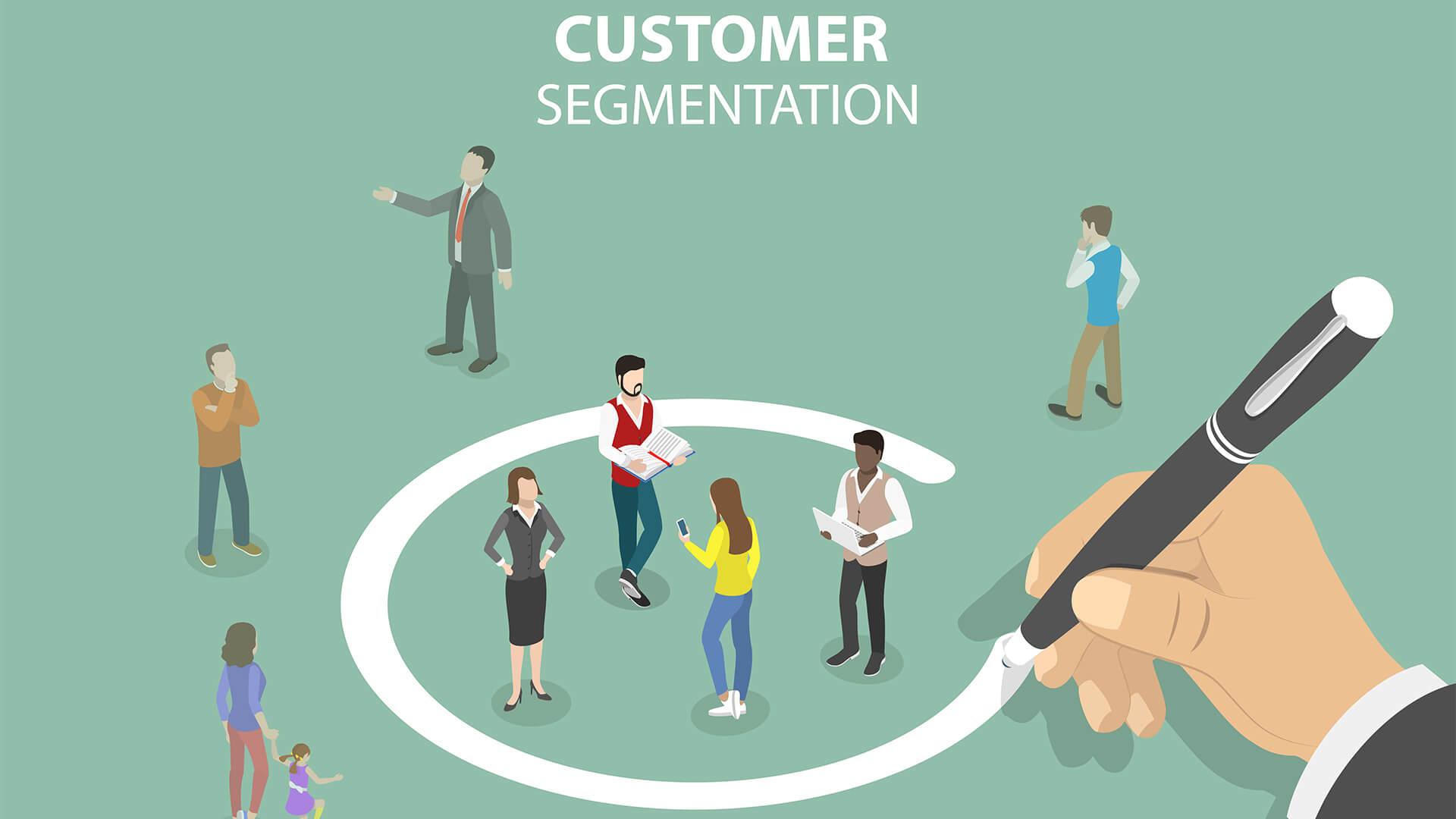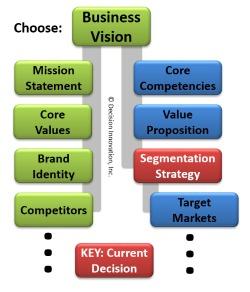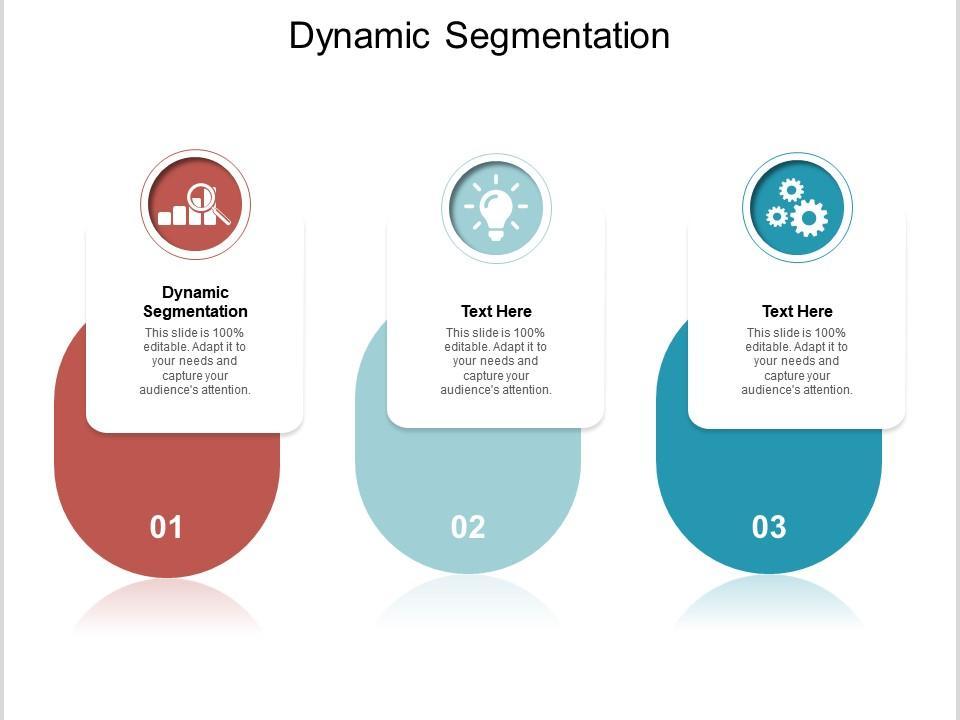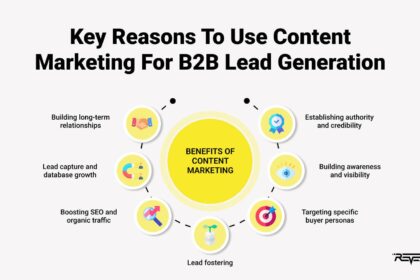In the ever-evolving landscape of business, understanding your customers is more than just a necessity—it’s an art form. Enter the realm of customer segmentation, where data and creativity converge to unlock insights that can elevate brands from the ordinary to the extraordinary. This transformative process enables businesses to dissect their audience into distinct groups, revealing nuanced preferences, behaviors, and needs that might otherwise remain hidden. As we delve into the intricacies of customer segmentation, we will explore how it empowers companies to tailor their strategies, enhance engagement, and foster loyalty. Join us on this journey to uncover the subtleties of this essential practice and discover how segmenting your customers can lead to richer insights and sustainable growth.
Understanding the Foundations of Customer Segmentation
At the core of effective marketing lies the intricate practice of customer segmentation, which empowers businesses to craft tailored experiences that resonate with distinct groups. Understanding the various dimensions of segmentation is essential to unlocking its potential. Segmentation can be categorized broadly into several types, each offering unique insights:
- Demographic: Age, gender, income, and occupation.
- Geographic: Location, urban vs. rural, and climate considerations.
- Psychographic: Lifestyle, values, interests, and attitudes.
- Behavioral: Purchase patterns, brand loyalty, and usage rate.
By leveraging these dimensions, businesses can develop comprehensive profiles of their customers, enabling them to address specific needs and preferences. A well-defined segmentation strategy not only improves customer engagement but also enhances marketing ROI. Below is a simple representation of how segmentation can affect marketing strategies:
| Segmentation Type | Strategy Example |
|---|---|
| Demographic | Targeting ads to young adults with trendy fashion items. |
| Geographic | Promoting winter clothing in colder regions. |
| Psychographic | Luxury brands targeting eco-conscious consumers. |
| Behavioral | Loyalty programs for frequent buyers. |

Identifying Key Segmentation Strategies for Enhanced Targeting
Effective customer segmentation is an art that bridges the gap between consumer needs and business goals. To elevate your targeting efforts, start by examining key demographic factors such as age, gender, location, and income level. Additional psychographic dimensions, including lifestyle, interests, and values, also play a crucial role in understanding your audience on a deeper level. By combining these elements, brands can create robust profiles that lead to innovative marketing strategies and tailored product offerings, ensuring a more personalized customer experience.
Moreover, leveraging advanced data analytics tools can unearth valuable insights about customer behavior and preferences. Consider utilizing behavioral segmentation based on customer interaction with your brand, such as purchase history and engagement levels. This approach allows businesses to segment their audience into categories like loyal customers, new visitors, or lapsed buyers. Below is a simplified representation of how various segmentation strategies align with specific categories:
| Segmentation Strategy | Description |
|---|---|
| Demographic | Age, gender, income, education level |
| Psychographic | Lifestyle, personality traits, values |
| Behavioral | Purchase behavior, brand loyalty, engagement |
| Geographic | Location-based preferences and cultural differences |

Leveraging Data Analytics to Refine Customer Profiles
In today’s digital landscape, understanding customer behavior is more crucial than ever, and data analytics serves as a powerful tool in refining customer profiles. By employing advanced analytics techniques, businesses can sift through vast amounts of customer data to uncover valuable patterns and trends. This involves not only examining transaction histories but also evaluating engagement metrics across various channels, thus creating a comprehensive view of the customer journey. The benefits of this approach are manifold:
- Personalization: Tailoring offerings to meet individual customer preferences.
- Targeted Marketing: Enhancing campaign effectiveness by reaching the right audience.
- Customer Retention: Identifying at-risk customers for proactive engagement.
Moreover, the integration of machine learning algorithms amplifies the efficiency of customer segmentation. These algorithms can analyze historical data and predict future behaviors, enabling businesses to stay ahead in the competitive landscape. Visual representations of customer insights, such as the following table, can further simplify the understanding of complex data:
| Customer Segment | Key Characteristics | Preferred Channels |
|---|---|---|
| Luxury Shoppers | High spending, brand-conscious | Email, Exclusive Events |
| Budget-Conscious | Price-sensitive, value-driven | Social Media, Online Deals |
| Tech Enthusiasts | Early adopters, tech-savvy | Webinars, Product Demos |

Implementing Dynamic Segmentation for Adaptive Marketing Approaches
Dynamic segmentation is a game-changer in the realm of adaptive marketing, allowing businesses to react to customer behaviors, preferences, and trends in real time. By analyzing data streams from various channels—such as social media interactions, browsing histories, and past purchase behaviors—marketers can create fluid segments that evolve alongside customer journeys. This agility ensures that marketing strategies remain relevant and resonate better with each group. For instance, customers who demonstrate an increased interest in sustainable products can be swiftly targeted with tailored messaging that showcases eco-friendly options, leading to higher engagement and conversions.
To effectively implement dynamic segmentation, marketers should leverage advanced analytics tools that provide actionable insights. Consider the following key steps for successful adoption:
- Data Collection: Gather comprehensive data from various customer touchpoints.
- Behavior Analysis: Utilize algorithms to monitor changes in customer behavior over time.
- Real-Time Segmentation: Develop segments that can be adjusted instantly based on consumer actions.
- Personalized Outreach: Craft customized marketing strategies for each segment to enhance relevance.
Final Thoughts
In a world teeming with data and diverse consumer behaviors, the art of customer segmentation emerges as an invaluable tool for businesses striving for success. By expertly unlocking insights into distinct customer groups, companies can tailor their strategies, enhance engagement, and foster loyalty in a way that resonates deeply with their audience. As we navigate the complexities of market dynamics, the ability to segment effectively not only streamlines efforts but also transforms them into meaningful connections.
As this exploration comes to a close, remember that the journey of understanding your customers is continuous. Embrace the intricacies of segmentation—not merely as a method, but as a vital practice that can illuminate the path to innovation and growth. Ultimately, the more we seek to understand our customers, the more effectively we can design experiences that not only meet their needs but exceed their expectations. With these insights in hand, the stage is set for businesses to thrive in an ever-evolving landscape, paving the way for a future where personalized service is not just an advantage, but the standard.


